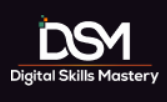1. What is a user story?
Imagine you are standing in your favourite coffee shop, and now it’s your turn to place an order. What do you do? You give instructions to your barista in the coffee shop, something like – you want your medium cup coffee in almond milk with cream, no sugar, with cocoa on top.
Similarly, to build a digital product or service, you need to provide instructions to your development team in a certain way. The user story helps you do that. The User Story is a structured and analysed form of product requirements written in a specific syntax, which is understood by everyone in the product team. It provides clarity, removes ambiguity, and forms the basis of work items that need to be done in a given time frame.
Similarly, to build a digital product or service, you need to provide instructions to your development team in a certain way. The user story helps you do that. The User Story is a structured and analysed form of product requirements written in a specific syntax, which is understood by everyone in the product team. It provides clarity, removes ambiguity, and forms the basis of work items that need to be done in a given time frame.

Description of a user story
2. Agile terminologies used in the context of a user story
For example, you want to write a user story on the ‘Sort’ feature by price on the product listing page of amazon.co.uk. Then the Description would look like:
As an online shopper on amazon.co.uk:
- 1. I want the option to see the list of products by price
- 2. so that I could see the cheapest product first on the list:
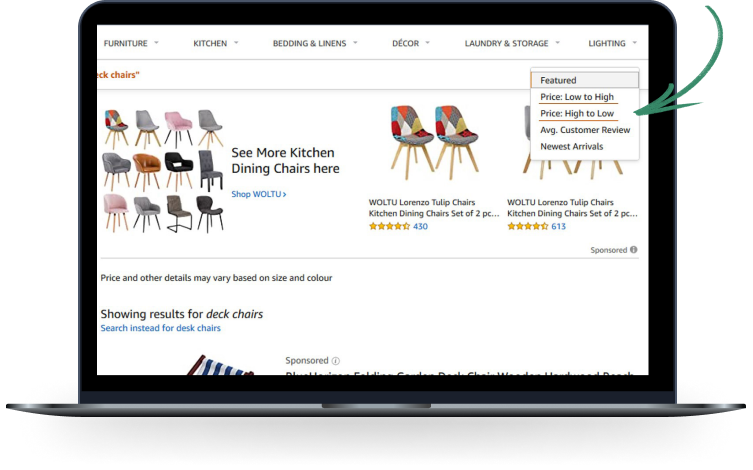
User Story example for Sorting by price on amazon.co.uk
- Epic
- User story vs. Epic
- Task of a user story
- Estimation of user stories
- Prioritisation of user stories
- Splitting of user stories
- Merging of user stories
3. Why create user stories?
Importance of well-defined user stories:
- User story provides the structure and syntax for the product team to discuss, analyse, and define product requirements that are understood by everyone in the product team
- In the Agile development lifecycle, user stories convey the product requirements to the development team
- The testing team bases its testing scripts on the product requirements given in the user story format.
- The business users refer to the requirements written in user story format to test the product before signing off and GO LIVE

User Story example forWhy do we create a user story? amazon.co.uk
4. What are the benefits of writing a good user story?
- User story provides the structure and syntax for the product team to discuss, analyse, and define product requirements that are understood by everyone in the product team
- In the Agile development lifecycle, user stories convey the product requirements to the development team
- The testing team bases its testing scripts on the product requirements given in the user story format.
- The business users refer to the requirements written in user story format to test the product before signing off and GO LIVE
5. What are the characteristics of a user story?

You must have heard about various terms used in the Agile product development world like epics, tasks, estimation, prioritisation for the user story. Here are a few characteristics of a user story:
- User story is different from an Epic: An Epic is just a concept, a heading that you have about an idea you want to implement on your digital product or service
- User story is different from a use case: A use case offers you a different approach, syntax, and template of defining a product requirement. You can use either of these depending upon your team, organisation, and product development team. While use cases were predominantly used to create functional requirements document in waterfall-style projects, a user story is used in projects following Agile.
- A user story can have multiple tasks: A Task is the actual technical task that your development team does while implementing the user story. A user story can be broken down into multiple tasks
- User stories can be estimated during the Agile backlog grooming session. The product team sits together to discuss the user story in detail and at the end of that discussion, the development team provides an estimate.
- User stories are prioritised by the product manager with the help of the product team. This is to decide which items are going to be worked upon next (in the next sprint).
- User story can be split into multiple user stories in case it is too big or complex
- Multiple user stories could be merged into a single user story if the need be
User story has four important components which when fully detailed make the user story well-defined.
6. What is an Epic?
7. How is an Epic useful in building a digital product or service?
Epics help you discuss the various next steps the customer of your digital product or service is going to take. You discuss the various user journeys, ideas, and features without getting hung-up on the exact details. Also, it helps you sift through your product backlog at a high level, deciding which items to further expand into user stories.
8. What are the components of a user story?
A User story is supposed to have all specific details about a feature that needs to be built on a digital product or service. These are the set of instructions you provide to your Agile development team to build that feature. A well-defined user story has these 4 components:
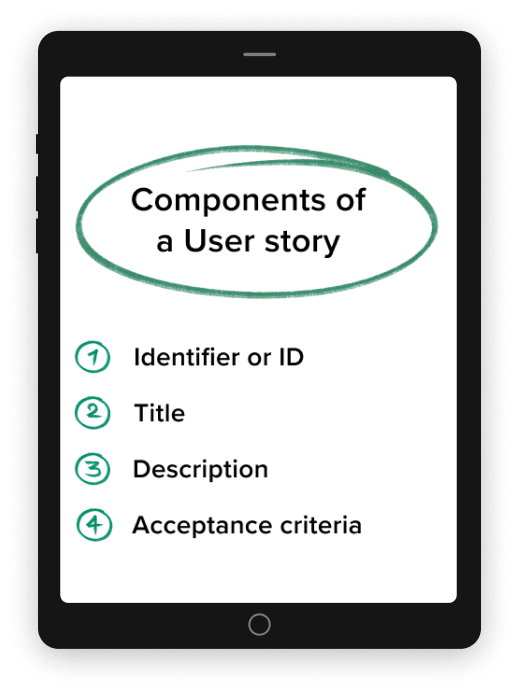
Components of a user story
The question is – why are these crucial? Why should we focus on getting this right, specifically the Acceptance criteria
Let’s start with the first one: IDENTIFIER or ID.
For any digital product or service, you will have 100s of user stories – some in past, present, and future. The person-in-charge of writing these user stories, either Business Analyst, Product Owner, or Product Manager, should be able to uniquely identify it with an ID e.g. Prod-147.
These are the 5 benefits of using a Unique Identifier:
- Multiple product teams working on the same product need a way to tag their user stories
- Calling out an ID is easy for discussion rather than saying full description
- An ID is easy for reporting a bug or listing the worked items in the release notes
- Using an Id makes it easy for product management reporting
- ID makes it easy to manage the product backlog in excel or a software
The second important component of a good user story is the TITLE.
The Title is a short phrase that defines what is the user story about. You need to keep these 3 things in mind:
- It should be clear & concise. E.g. Sort by price on product listing page
- Make sure it is unique to avoid confusion. E.g. if you are using software like JIRA, it will prompt you with an auto-suggest of similar heading and you can change to make it unique
- There is no standard guidance on the length of the title, but imagine this as an Email subject – keep it short and meaningful.

The third important component of a well-defined user story is DESCRIPTION.
As mentioned above, this defines what is this user story about. It is written in a simple language, and hence it is useful for non-technical and business stakeholders to define the description of the user stories. How to write the description? Well, there is a specific syntax to write the description. It goes like this:

To write the description using that syntax, you need to ask these 3 questions:


The fourth component is often missed by most called the ACCEPTANCE CRITERIA.
The acceptance criteria hold the details needed to build this user story.

Example of a description of a user story
9. How to write acceptance criteria for a user story?
You start by looking at the user journey related to this user story and identify the steps the user takes to start and finish the interaction with this feature.

10. What is the INVEST principle in writing a user story?
You already know that a user story is supposed to have all specific details about a feature that needs to be built on a digital product or service. These are the set of instructions you provide to your Agile development team to build that feature. The INVEST principle is a guideline to help you validate if the user story you have written is a good one. However, it doesn’t tell you HOW to write a user story.
11. Download free workbook
If you want to practise user story writing skills then download this free workbook. We have shared the user story template, best practices and worked-out user story examples of real-life B2C products.



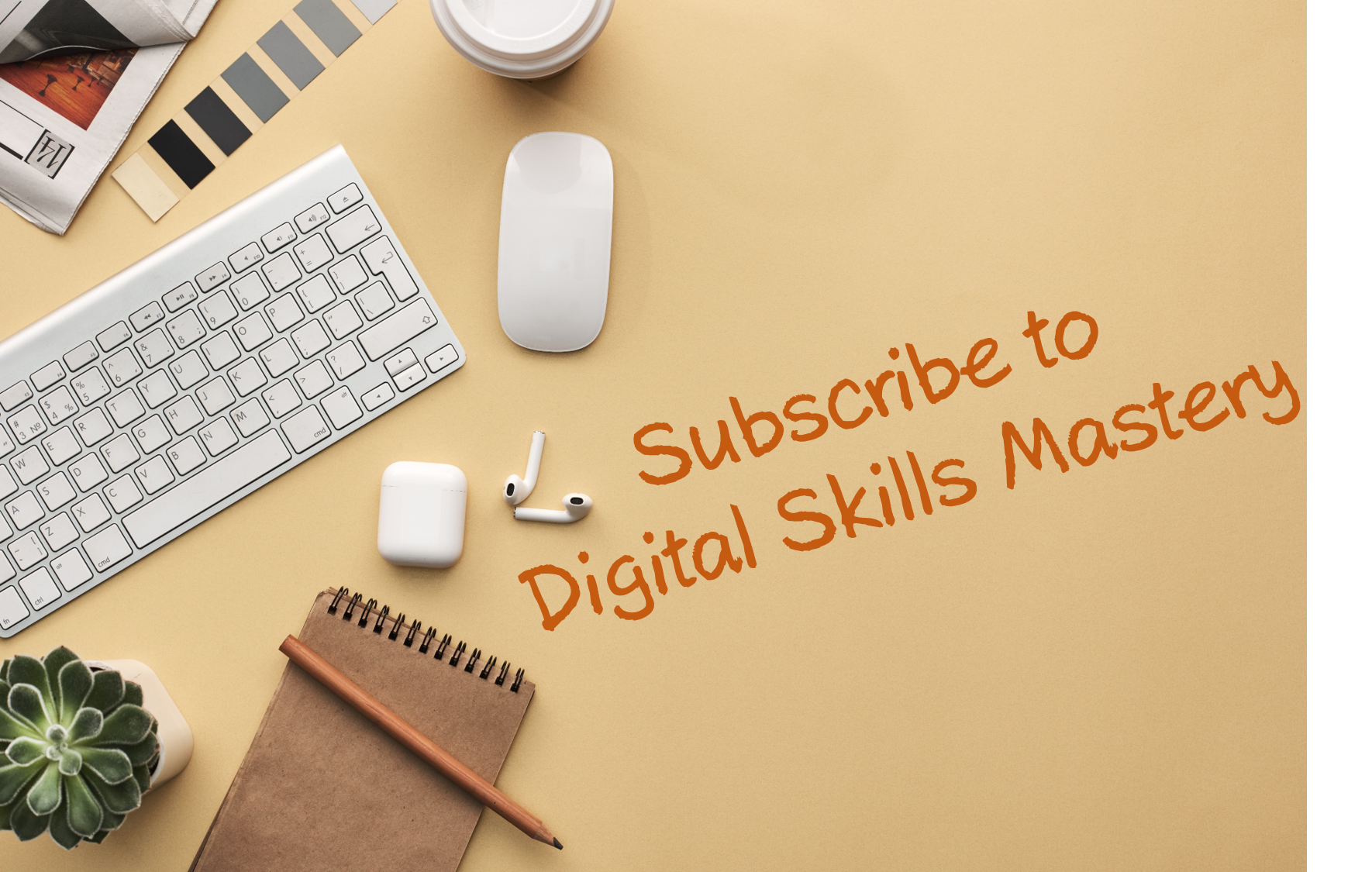








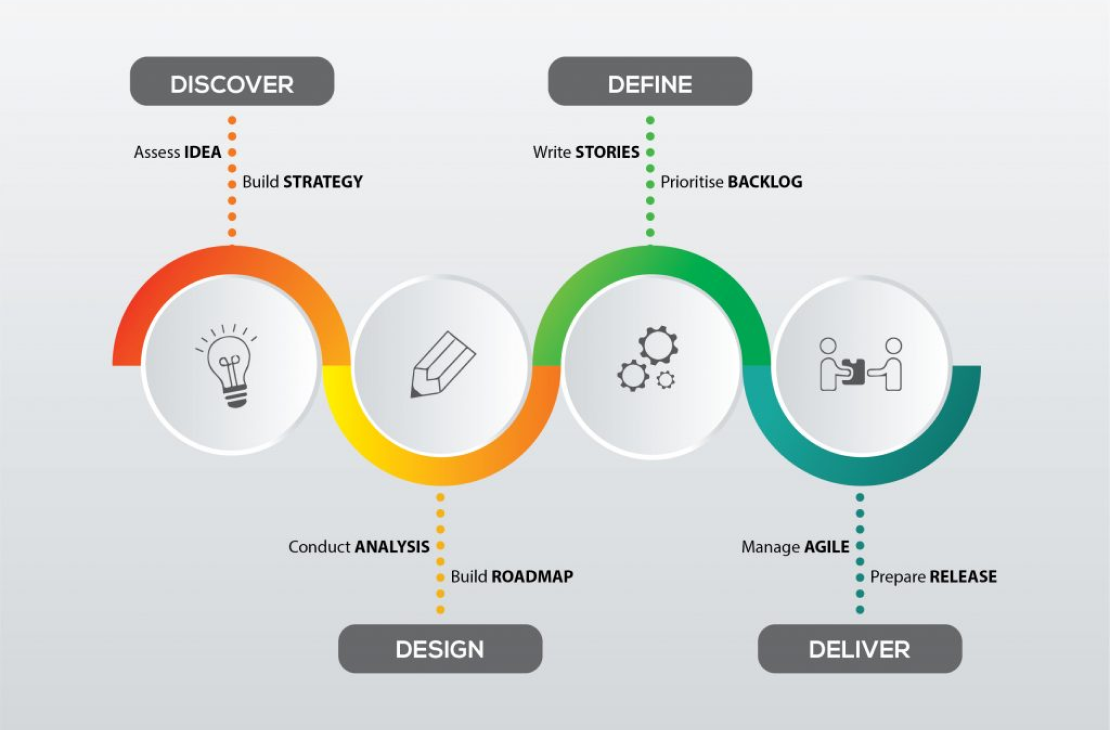
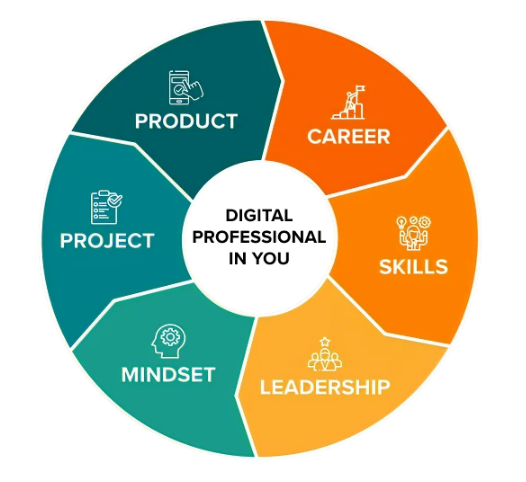
 Home
Home


